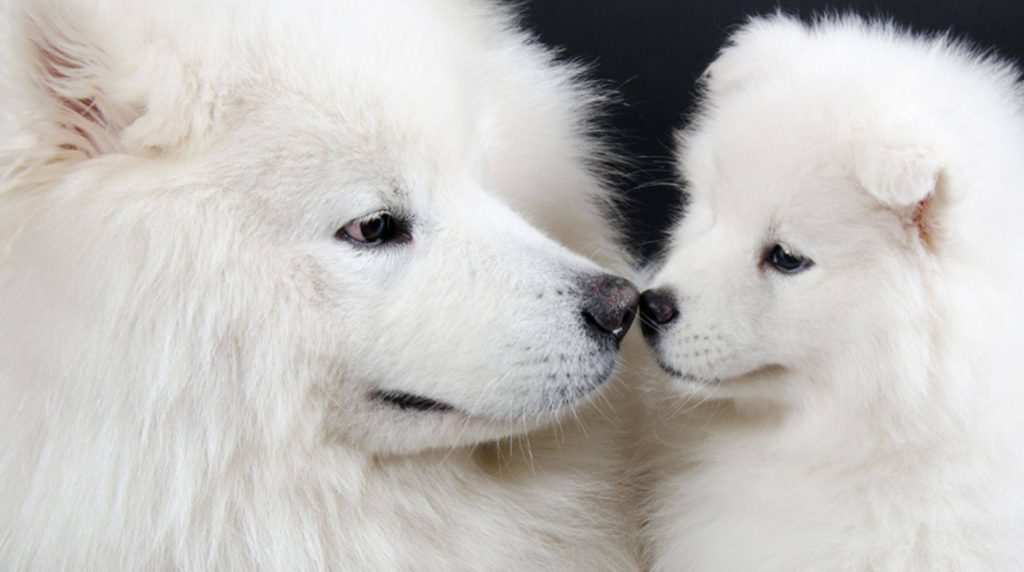If possible, puppies should not be separated from their mother before they are eight weeks old, as they are still learning a lot from her. The siblings and other dogs are also important in this phase so that the little four-legged friend knows dog-typical social behavior. However, human contact is also necessary so that he does not later become shy of people.

When they are still tiny, puppies already learn what essential trust means from their mother. The safety and security that the dog mom offers the little ones are the best prerequisites for the puppies to become self-confident, calm, and characterful four-legged friends. As they gradually grow more extensive and more independent, they need their mom and the other dogs in their pack to learn social behavior and communication.
Puppies learn social behavior in the family.
Puppies separated from their dog family and their mother too early is usually more anxious and unstable than their peers. For example, they show great insecurity around other dogs because they haven’t had enough time to learn dog language. In the play with the siblings and the mother, possibly also with other adult animals from the pack, the puppies practice using their strength and abilities correctly. They learn the so-called bite inhibition, for example, when fighting and romping, when their siblings or their mother howls as soon as it hurts and interrupts the game. Then the little bully understands that he mustn’t bite so hard if he wants to keep playing.
In addition, the puppies learn essential elements of communication between conspecifics in the socialization phase from the fourth week of life, such as the difference between aggression and play, appeasement signals, and rules of hierarchy. They’ll test boundaries and quickly understand when they’ve gone too far because adult dogs’ll consistently correct them. The most critical time of socialization is completed at around eight weeks. However, the puppies still learn further subtleties of communication, rules of behavior, and social interaction up to about 16 weeks.
In the following video, a mother beagle has to settle a minor sibling dispute between her puppies:
Young dogs also need human contact.
However, puppies that have only grown up among their kind remain somewhat wild and shy of people. You can still get used to people later, but it takes a little longer and requires a lot of patience. Therefore, it is advisable to introduce the puppies to different people as soon as they start exploring their environment, i.e., from the third or fourth week of life. If you only get to know the breeder, you may only trust him and be shy around other people. So it makes sense to introduce them to other bipeds, too, and do it calmly, without any excitement. Then they accept people as a regular part of their lives. As a rule, puppies are handed over from the eighth to tenth week of life, at the latest at twelve weeks. Then they could learn enough canine communication from their family to get along with their peers but are still young enough to get used to their new “pack leader,” namely you, to learn basic commands and everything else a well-behaved dog knows.









